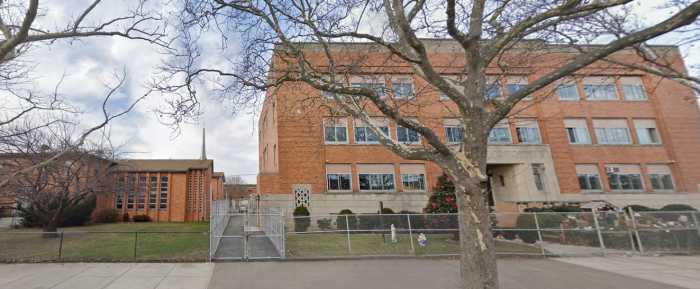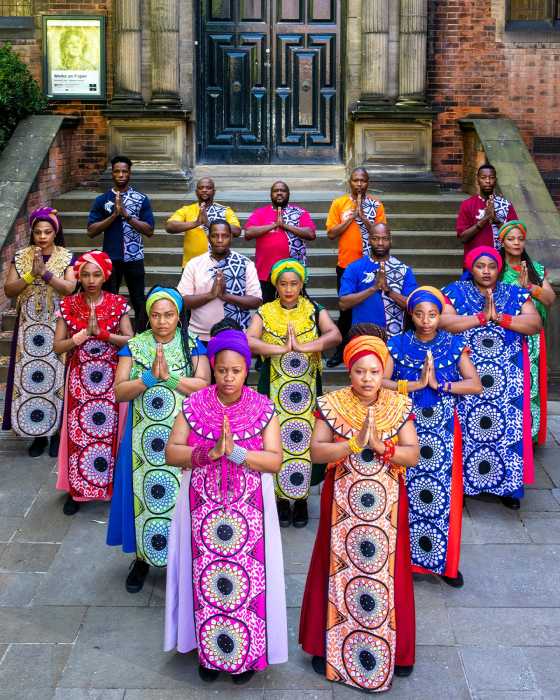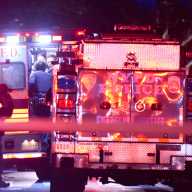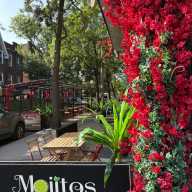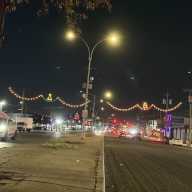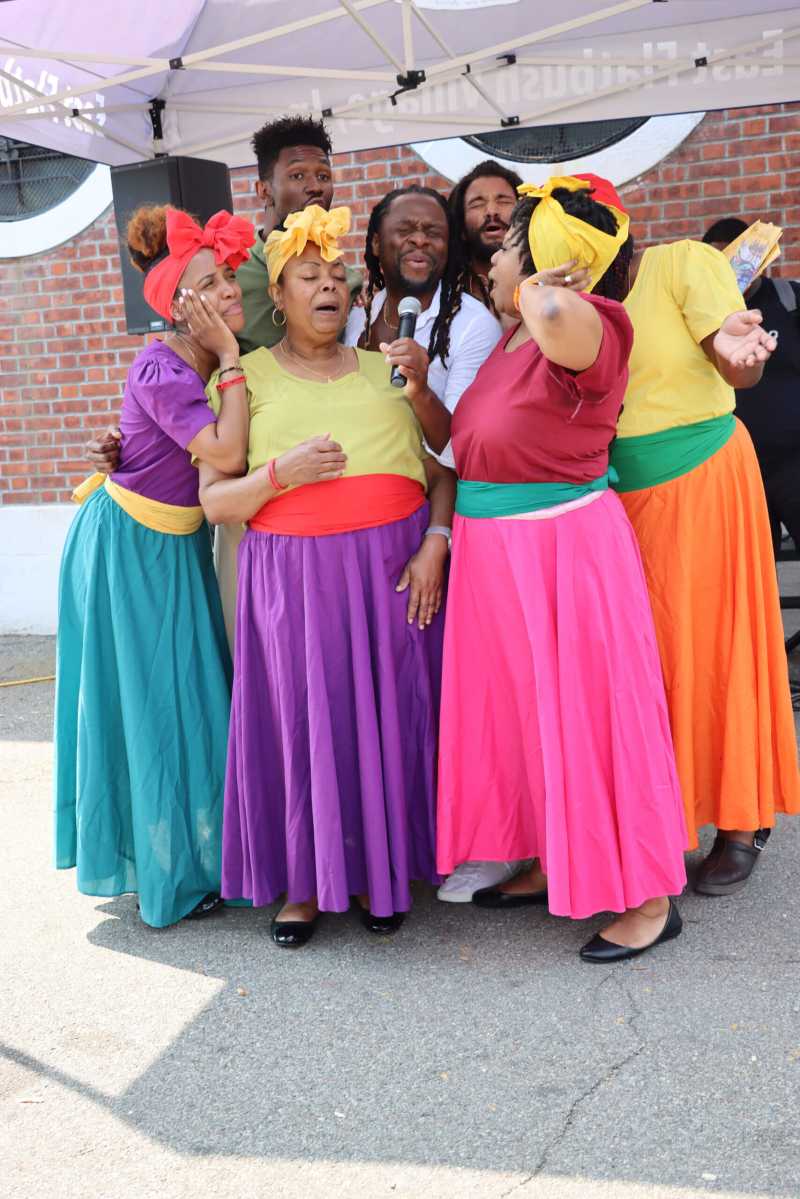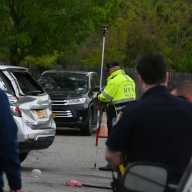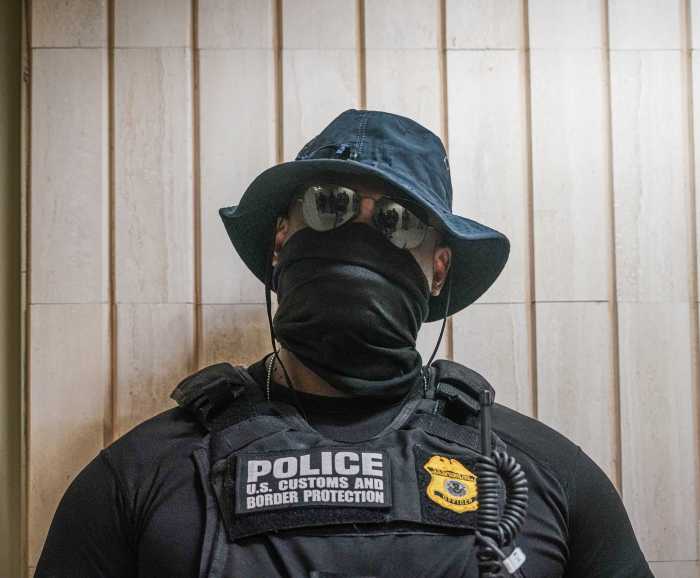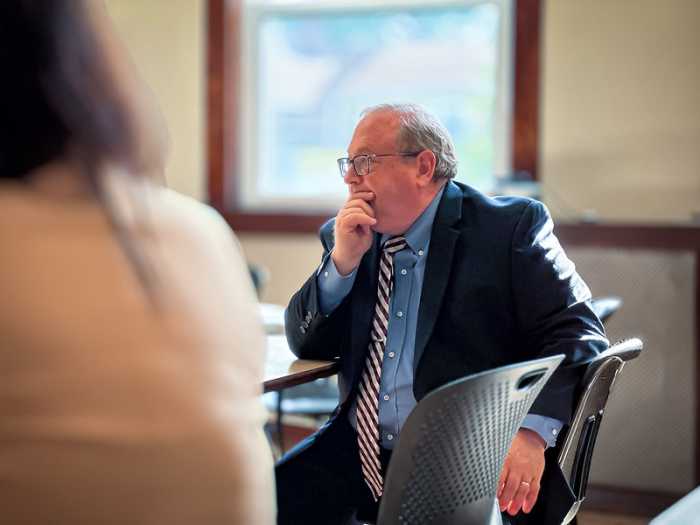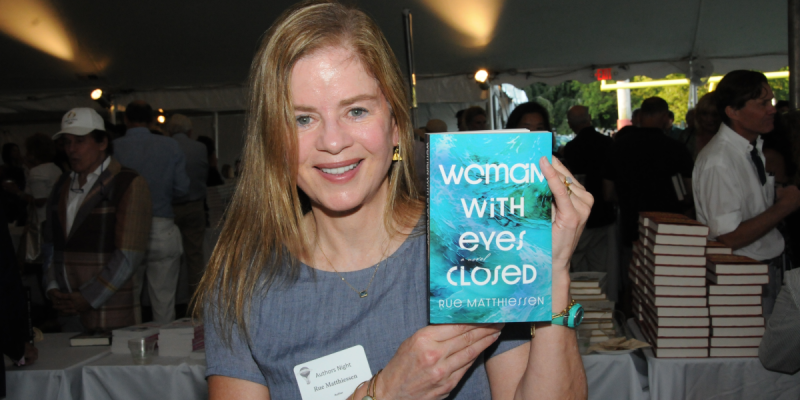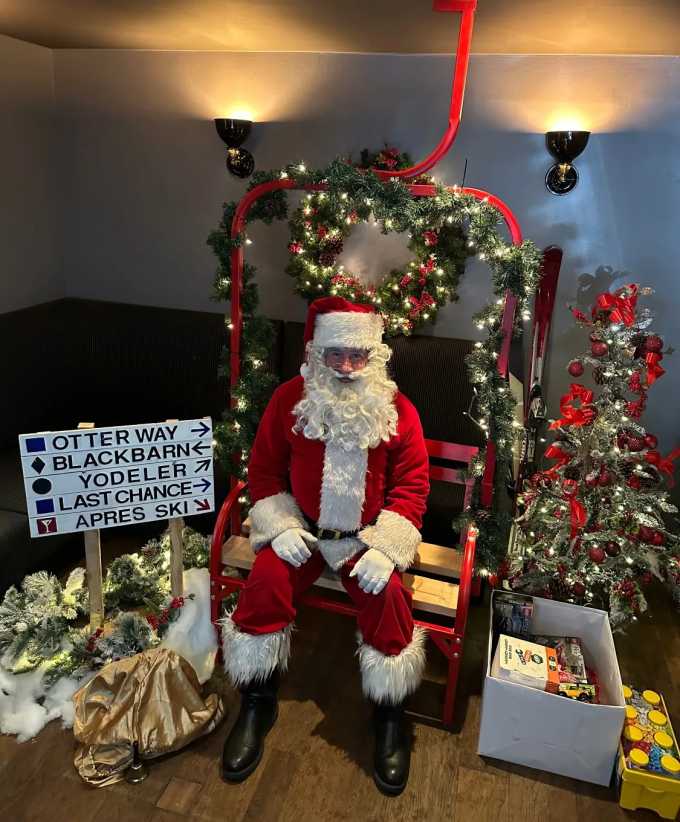More than 700 people have signed an online petition opposing the proposed closure of Maspeth’s Church of the Transformation, while others are currently attempting to prevent any sale by securing landmark status for the Roman Catholic church built by the Lithuanian community in the 1960s.
The church, also known as Transfiguration – Saint Stanislaus Kostka, is located at 64-25 Perry Ave. and has stood as a historic institution for members of both the Maspeth and Lithuanian communities for generations.
Built in 1962 using donations from Lithuanian-Americans and designed by Lithuanian architect Jonas Mulokas, the church is believed to house valuable Catholic artifacts smuggled out of modern-day Lithuania at the height of communism and the Soviet Union.
However, rumors that the Diocese of Brooklyn and Queens is preparing to close and sell the church have been circulating for months.
QNS reported in March that declining parishioner numbers, mounting financial pressures, and critical infrastructure needs have forced church leaders to confront the possibility of a permanent closure and the sale of the property.
In response to community concerns, the Brooklyn Diocese held a town meeting on March 20 for parishioners, local residents, and the broader community to come together and discuss the church’s future.
However, parishioners allege that church figures indicated that the church would be closing in a Latin mass held at Transfiguration on March 9, 11 days before the forum took place.
Paul-Michael Kazas, president of the Knights of Lithuania Council 110, said different versions of Transfiguration have existed in Maspeth for over 115 years, adding that the current church holds particular “architectural and historical significance” to the Lithuanian community.
Kazas, who is also promoting the petition to save the church, said it would be a “great sin” if the church was demolished or sold.
“(If they sell the church), I’ve already indicated as a Catholic, I’m not going to contribute another penny to the Catholic Church,” Kazas said.
He also noted that several members of the local community have contacted the Landmarks Preservation Commission (LPC) to encourage the agency to consider Transfiguration as a potential landmark. Kazas believes that securing landmark status for the church would prevent it from being demolished or altered in the future.
LPC officials confirmed that the agency received two Requests for Evaluation for the church in February and April, also noting that Council Member Robert Holden sent a letter of support to the LPC in March.
In a statement, Holden outlined that Transfiguration is a “cherished” part of the local community and said his office is actively working with the Brooklyn Diocese and the city to save the church.
“Its unique architecture stands as a testament to our neighborhood’s history and character,” Holden said in a statement. “A broad coalition has come together to save it, and we are actively engaging with the city and the diocese to ensure it is preserved for future generations.”
LPC officials said the agency has conducted a review of the site but noted that further consideration will only be possible in the context of agency priorities, “including LPC’s policy of designating resources in all five boroughs.”
If LPC determines that the landmark suggested “may merit” consideration, it will be added to the agency’s survey list and considered in the context of agency priorities, agency officials said. They also stressed that this “does not mean” that a site will be recommended or formally considered for designation at that time.
Kazas argues that the site should be considered for landmark status because it boasts architecture and artifacts that are of historical significance to the Lithuanian community.
QNS reported in March that an estimated $500,000 in repairs is needed to make the rectory suitable for rental or continued use, raising concerns about the church’s ability to sustain itself in the long term.
Kazas, in response, said “nothing cannot be fixed” and said the decision to sell or close the church will be irreversible.
“Once you demolish it, you can’t get it back,” Kazas said.
Meanwhile, the petition further notes that altars, tabernacles, sculptures, pews, and stained-glass windows inside the church were created by renowned Lithuanian artist Vytautas Kazimieras Jonynas and feature “beautiful and unique” Lithuanian folk art elements. The petition has received 740 signatures at the time of writing.
“After the demolition of Our Lady of Vilnius Church in Manhattan in 2015, the Transfiguration Church remains among the last churches in the New York City area that still reflects Lithuanian culture, history, and heritage,” the petition states.
Additionally, Kazas further alleged that the church was profitable before 2018, when the Transfiguration parish merged with the nearby parish of Saint Stanislaus. Kazas called for Transfiguration to be separated from Stanislaus and run as an independent parish once again.
The Brooklyn Diocese was approached for comment but declined to provide a statement.


